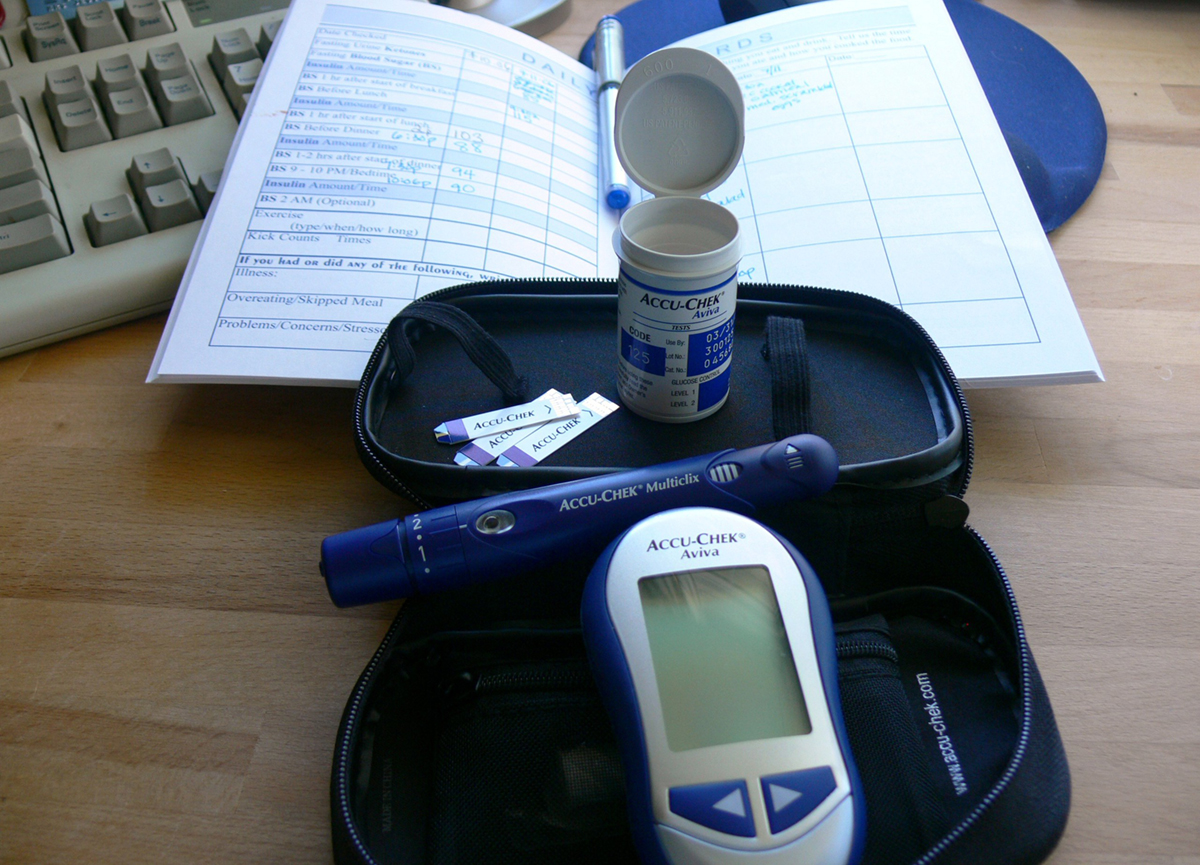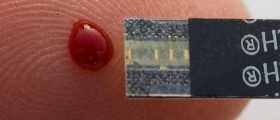
What is Gestational Diabetes?
Gestational diabetes is a temporary form of diabetes that can occur in pregnancy. This condition occurs when the body of pregnant woman is unable to produce and spend needed insulin. Due to insufficient amounts of insulin, glucose in the blood cannot be transformed into energy, depositing in large quantities, which means that blood sugar level dramatically increases. This is a rare phenomenon which occurs at only 2- 3% of women and in most cases disappears after birth.Glucose intolerance usually occurs in the second trimester of pregnancy, so the pregnant women should do glucose tolerance test around the twenty eightieth week of pregnancy. Although Gestational diabetes is not a harmless phenomenon, it is important to note that with the adequate medical help, proper diet and exercise blood sugar level can be controlled enabling a healthy pregnancy, birth and baby’s development with no consequences.
Causes of Gestational Diabetes
Gestational diabetes occurs during pregnancy in those women who have never had it before. It is a result of hormones from the placenta which facilitate the development of babies. They reduce or prevent the production of insulin in the mother's body.Although exact causes of the development of gestational diabetes in some pregnant women are not known, there are certain conditions that increase the risk of its appearance.
Gestational diabetes may be genetically predisposed, if someone in the family suffers from diabetes.
If gestational diabetes existed in a previous pregnancy, there is a possibility that it would reappear.
The risk of developing gestational diabetes is directly increased by excessive baby’s size in the previous delivery.
Also, pregnant women who are overweight and over the age of 35 are in higher risk of developing gestational diabetes.
Previous spontaneous abortion can also be risk factor for occurrence of glucose intolerance in pregnancy.
Finally, the use of corticosteroids also increases the risk of developing this type of diabetes.
Complications of Gestational Diabetes
Since Gestational diabetes occurs in late pregnancy, baby is not harmed, since it has already developed. However, if the gestational diabetes is not determined on time and controlled and treated properly, it may cause problems. The excess glucose from the mother’s blood may cross trough the placenta into the baby’s blood, so the baby's pancreas begins to produce more insulin than the baby needs to turn additional glucose into energy. Given that the baby already has enough energy for growth and development, the excess energy deposits as fat, which can lead to obesity and problems during delivery.However, if baby's mum had Gestational diabetes, it can be born with very low sugar and calcium level in the blood, increased and long lasting jaundice, difficulties with breathing, and in later years it may have a problem with obesity and diabetes.
Gestational diabetes usually disappears after childbirth, but the risk that it will repeat in subsequent pregnancies increases.
In rare cases, Gestational diabetes in some women after pregnancy can grow into real diabetes.
















Your thoughts on this
Loading...